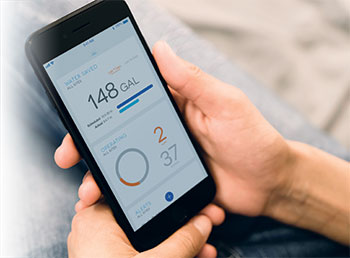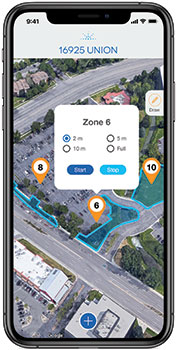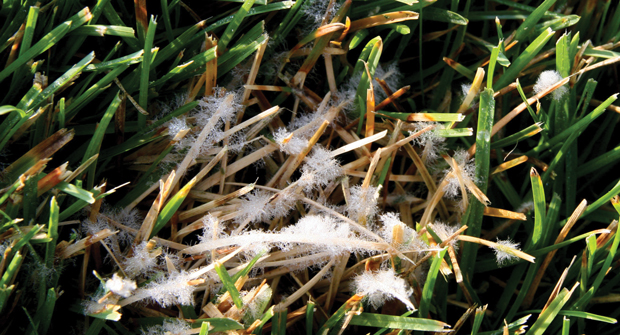
As irrigation systems and equipment have become more advanced, the ability to monitor them has, too.
We spoke with Rob Allwood, USA sales manager of Quartix, and Rudy Larsen, founder of Smart Rain, to find out how they’re helping irrigation contractors keep their systems, equipment and crews in check.
System savvy
Some irrigation software such as Smart Rain’s helps irrigation contractors keep tabs on their systems from a mobile app on their phones.
“You want to be able to have remote access,” Larsen says. “You want to be able to make program changes and be able to add and create new zones. But we took it a step further than that, and we built interactive Google mapping into our web application, so you get to interact with the irrigation map.”
For example, if a problem arises within a specific zone, contractors can make edits to that zone on the fly, miles — or even hundreds of miles — away from the site itself.
The system also allows contractors to notify customers of high or low flows and pull up a volumetric water measurement of each zone. Additionally, contractors can schedule appointments, and the system will automate the watering schedule based on what the contractor has entered.
Staying up to the minute
While some types of software help irrigation pros stay on top of irrigation systems, other software, such as the one provided by Quartix, can help contractors keep an eye on their equipment and crews.
“You can look at where the vehicles are from your cellphone or from the office,” Allwood says. “Rather than going on your hunch, you’ve actually got some information to make a proper financial decision.”
He adds that the system helps keep track of billable hours, as well as equipment maintenance scheduling.
For example, with Quartix’s software, contractors can set up automatic alerts on each vehicle for inspection due dates, insurance renewals, vehicle registration deadlines, tire checks, oil changes and more.

“When it’s coming up to that date, about a week before, the system will send you an email reminding you that that’s coming up,” Allwood says. “So, you don’t all of a sudden find out that you can’t send a particular truck out to a job because you’ve got to get it fixed that day.”
Words of advice
For irrigation contractors looking to invest in new technology, Larsen suggests doing research
beforehand.
“Make sure that you’ve got a good understanding of it,” Larsen says. “I feel like a lot of people don’t really understand what it is that they’re getting.”
Allwood says it’s important to let crews know early on that the company plans to add a GPS-tracking system.
“The more that you get the employees engaged with the system, the more successful it’ll be within your business,” he says. “When people know that you’re tracking, you save money because they don’t speed as much, they don’t brake as fast, they don’t go wandering off during the middle of the day because their vehicle is tracked.”
He adds that irrigation contractors should look to take advantage of free trials before fully committing to a software.
“You can get a full idea of what (the software) is,” he says. “Don’t pay for it until you’ve tried it out yourself.”


